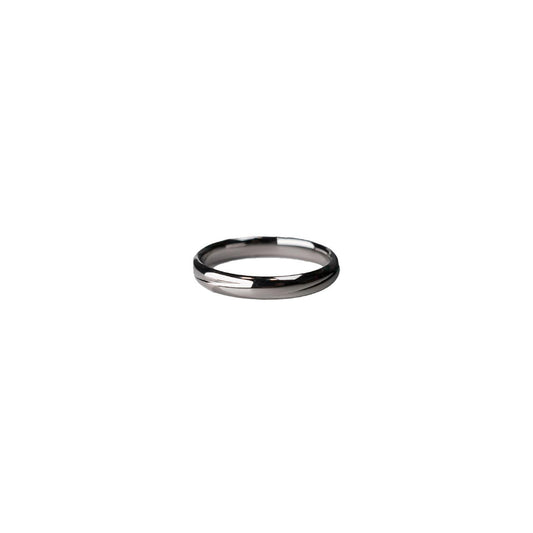Lab-Grown Diamond Engagement Rings A Modern Twist on Tradition
Lab-Grown Diamond Engagement Rings A Modern Twist on Tradition
I still remember the day my brother proposed to his girlfriend. He was nervous, his hands slightly trembling as he pulled out a small box. We were at a family barbecue, and he wanted to pop the question surrounded by the people who mattered most to them. He didn't go for the traditional route—my brother never was one for convention. The diamond in the ring was lab-grown, a choice that raised a few eyebrows among the more old-school members of the family. But for them, it was perfect. It was a symbol of their shared values: a love for innovation and a commitment to sustainability.
Lab-grown diamonds have been taking the jewelry world by storm, not just as a more ethical and eco-friendly alternative, but also because they're shaking up the traditional notions of what engagement rings can be. These gems are created using advanced technology that simulates the natural diamond-forming process. The result? A stone that has the same physical and chemical properties as a mined diamond, often at a fraction of the cost.
While some people may still view lab-grown diamonds with a hint of skepticism, concerned about authenticity or long-held cultural significance, they are rapidly gaining acceptance. For many, these diamonds offer a guilt-free way to enjoy a luxury that doesn't come with the environmental and ethical baggage of mining. In fact, according to a survey I came across last year, nearly 70% of millennials and Gen Z indicated a preference for lab-grown gems, citing both ethical considerations and price as major factors.
From a design perspective, lab-grown diamonds open up a world of possibilities. Since these stones are often more affordable, couples can invest in more elaborate designs or larger stones, allowing them to express their unique style without breaking the bank. I've seen some truly stunning pieces, where designers play with settings and materials that highlight the clarity and sparkle of these lab-grown wonders. It's like giving artists a new palette to work with, and the results are often spectacular.
One might argue that the tradition of diamond engagement rings is all about romance, a sentiment that doesn't naturally align with the notion of a lab. But isn't romance about understanding and honoring each other's values? As I see it, choosing a lab-grown diamond can be a deeply romantic gesture—it's a conscious decision to place shared ideals above outdated norms. It tells a story not just about two people coming together, but also about their shared future and the world they want to create.
Plus, let's not ignore the practical side of things. The cost savings can be significant. I remember my brother telling me how the money they saved allowed them to book an unforgettable honeymoon in Iceland, a place they had dreamed of visiting together. For some couples, the cost difference could mean ticking off a bucket list item or investing in their first home.
I can't help but think that, years from now, people will look back and see lab-grown diamonds as a turning point in jewelry history—not just for their technological brilliance, but for the way they've reshaped our ideas of luxury and love. My brother and his wife certainly saw things that way, and their choice has inspired me to consider what's truly valuable in life's big decisions. So, the next time you're contemplating an engagement ring, think about what story you want it to tell. It might just lead you to a sparkling, lab-grown gem that feels perfectly, uniquely yours.

























